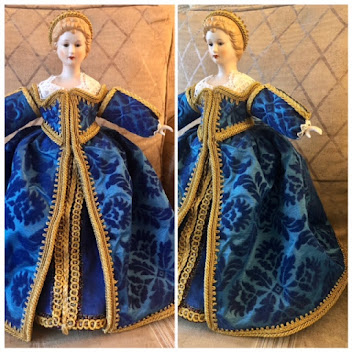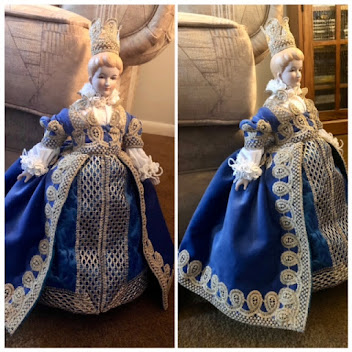I found a 16th century reference to this online but am looking for more concrete evidence of this in a book, though I have gone through my library and have not found a reference to a tool such as this. The following is what I found:
"An early form of bag or wallet was the drawstring leather pouch which carried coins, and which was looped through men's girdles or belts for safety. It was a simple development of a circle of fabric drawn up together with two lines of stitching going round the edge in parallel lines in different directions and knotted to make the drawstrings. This was seen from the 12th to the 16th centuries, often worn with a dagger or knife. Such pouches could in fact be stolen by determined thieves who would cut them loose. This suspension of a functional object from the belt has parallels with the medieval 'chatelaine', a chain with keys attached about the waist, which was necessary for housekeepers even when simply moving from wing to wing within the larger houses of England. The chatelaine was revived in the 1840s as a device for suspending needlework and domestic tools, such as a pair of scissors, a tape measure, a thimble case, button hook, penknife, and needle-case from a device hooked onto the waist-belt." From Brief History of Bags and Purses from Hantsweb.
Link: http://www3.hants.gov.uk/dress-and-textiles/bags-collection.htm
I am thinking this would be a good topic for my local embroidery guild, but want to find better references before attempting it. For now I have my lovely silk one with an ornate peacock brooch, so I am contented. Eventually I want to make my own crewel embroidered version of a chatelaine, but not until the research backs it up.
The one you see was made at midnight on an after-work sugar binge, and stayed up till 1:40am completing the final touches this morning. Its best to do things when inspiration strikes you. On that note, I did finish the peacocks on the left hand Elizabethan glove, all I have to do is the floral border, though its easier said then done.
Likes a Good Challenge,
Maureen






No comments:
Post a Comment